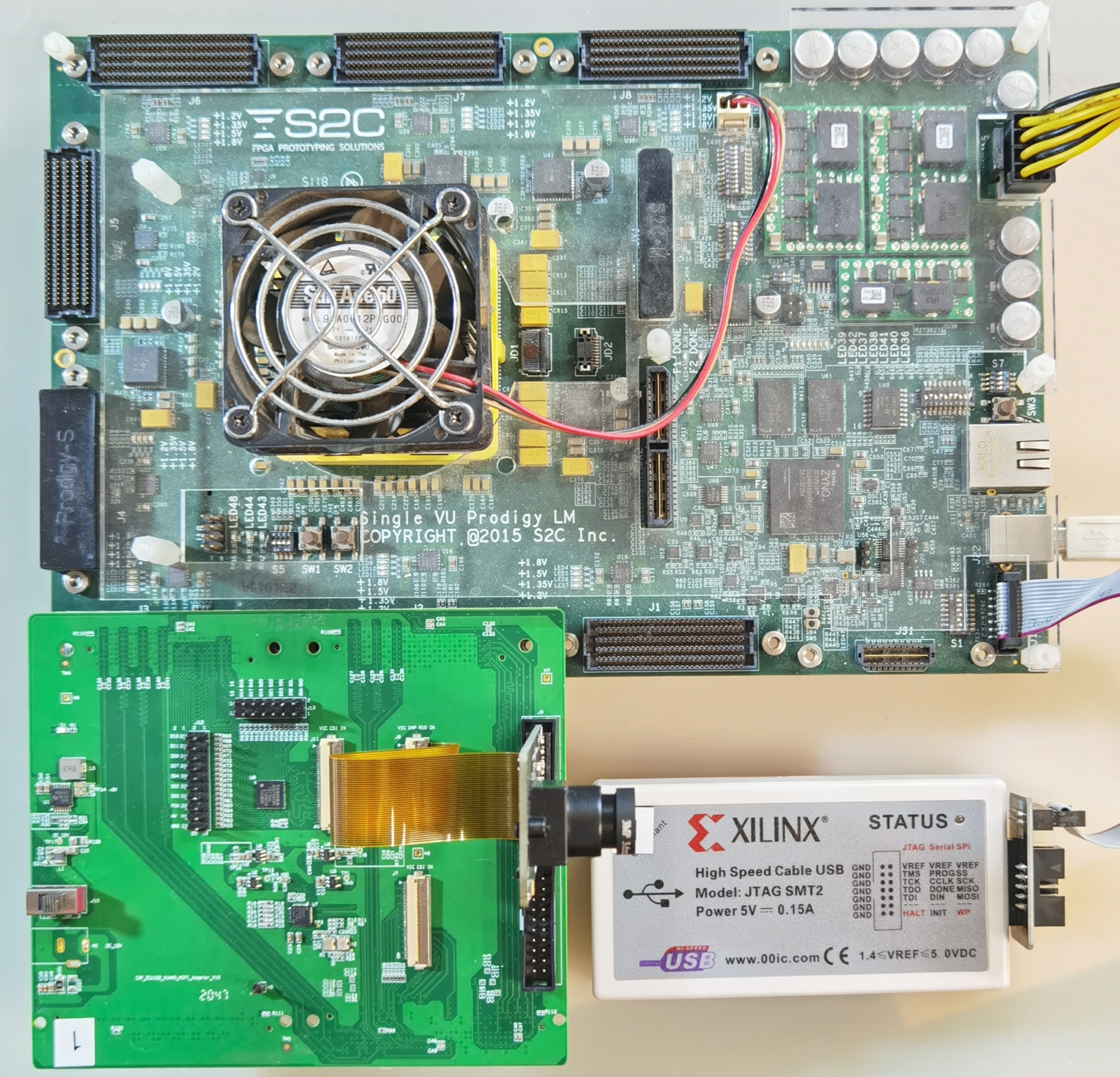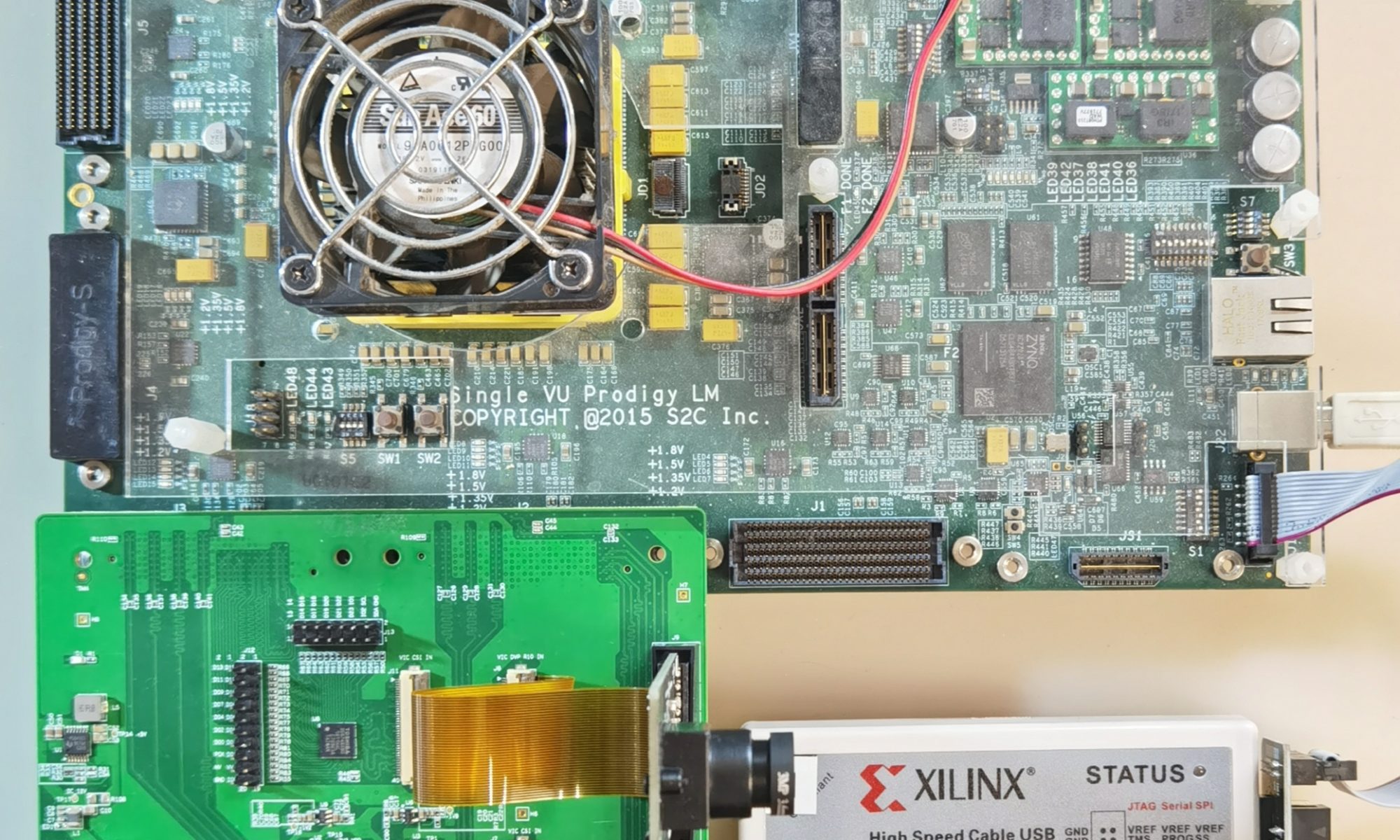Faced with the challenge of developing a high-performance hardware platform with critical software components, what choices do companies have in rapidly moving their development forward with modest budgets and resources?
That was the challenge faced by StarFive Technology, a leading IP and semiconductor SoC platform solution provider. StarFive recently completed its development of the Jinghong 7100; a system that integrates deep learning, image processing, speech recognition, and machine vision. The Jinghong 7100 also holds the honor of being the world’s first multi-functional platform based on RISC-V. “Our R&D team required a prototyping platform to confirm a new design,” recalls Hu Jian, StarFive’s Vice President of R&D. His choice? – the Prodigy Rapid Prototyping System from S2C.
Since the founding of the RISC-V Foundation in 2015, a large number of commercial application companies have been formed around this new architecture. The free and open-source nature of RISC-V provides firms with many advantages: it supports a wide variety of practical use cases, attracts a large base of contributors, and reduces the cost of software by enabling more reuse. And due to its characteristics of modularization and extensibility, RISC-V is easily tailored to different applications such as those brought about by the rise of IoT (Internet of Things). Additionally, no royalty payments are required to use RISC-V, which provides companies with a powerful financial incentive. With all these contributing factors, many people see the gathering momentum behind RISC-V as a trend that will not be easily stopped.

But systems based on RISC-V (or ARM) technology come with a steep burden for verifying their function and performance. To verify these complex systems, developers typically must choose between three approaches: using discrete-event simulation; employing a modular FPGA-based prototype, or using streaming slices to form a complete system for verification. This last method is the most rigorous, but requires a lot of capital investment and has both high complexity and a long cycle time. Discrete event simulation has been widely adopted because it only involves software, but has the disadvantage of being highly subjective and producing controversial results.
In contrast with these two techniques, modular FPGA-based prototypes are ideally suited for verifying designs that rely on extensive software content. This approach enables the software team to begin work early on final system integration. The prototype platform provides the fastest and most efficient way to perform comprehensive hardware/software co-validation, especially during the critical phase of stack reduction and validation before software is incorporated into the final chip.
StarFive used S2C’s Virtex UltraScale (VU) Prodigy Logic System for their verification tasks. “Prodigy proved to be a powerful and easy to use configurable prototyping platform for our Jinghong 7100,” explains Hu Jian.
Prodigy Logic Systems are shipped with a low-profile enclosure that includes all components – FPGA module, extendable power control module and power supply for maximum flexibility, durability, and portability. System features include:
- Modular and All-in-One design offering highest flexibility and performance
- Abundant prototyping tool support (partition and debug) to speed prototype bring-up
- Easy reconfiguration/stacking to expand capability for additional projects
- Comprehensive portfolio of Prototype Ready Accessories for quick prototype build
“Together with support from S2C we managed to successfully prototype our SoC starting from the early phases of our project,” said Hu Jian.
So how did the Prodigy System help StarFive? Beginning with a step-by-step approach, it allowed them to begin hardware/software integration before their RTL was complete and gave them early insights into system design and performance. And the Prodigy System was able to accelerate StarFive’s engineering effort, allowing Hu Jian to cut two months off the development schedule.
The power and flexibility built into the Prodigy System helps companies like StarFive succeed with their design and verification efforts. Prodigy can help your company be successful too. For more information: https://w2.s2ceda.com/
Also Read:
CEO Interview: Toshio Nakama of S2C EDA
S2C Raises the Bar for High Capacity, High-Performance FPGA Prototyping
Prototyping with the Latest and Greatest Xilinx FPGAs
Share this post via:






Comments
There are no comments yet.
You must register or log in to view/post comments.